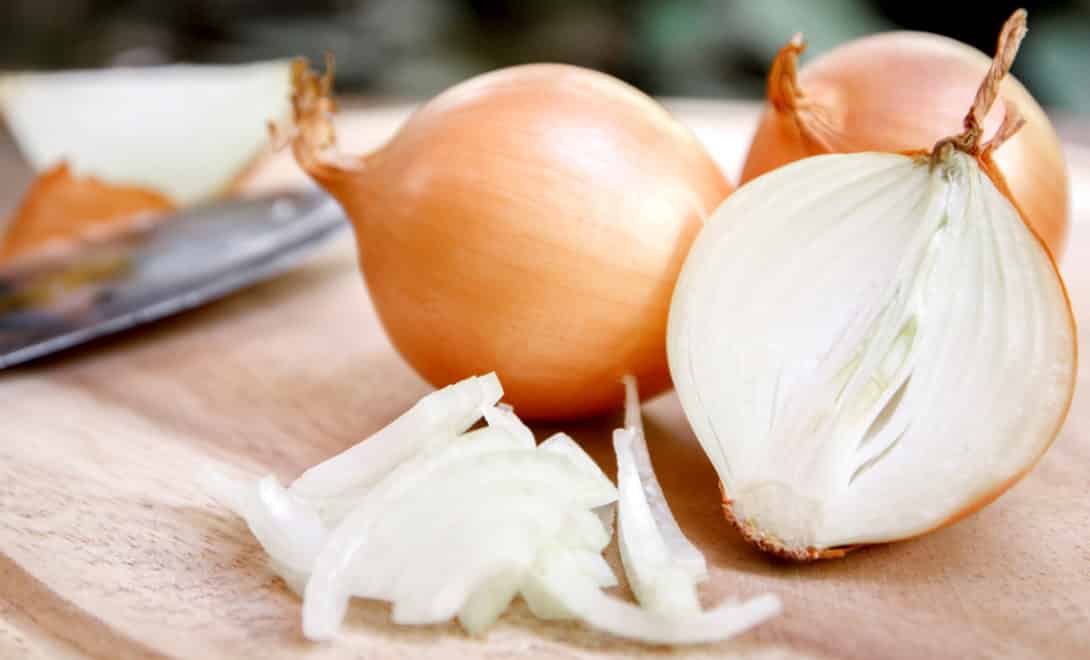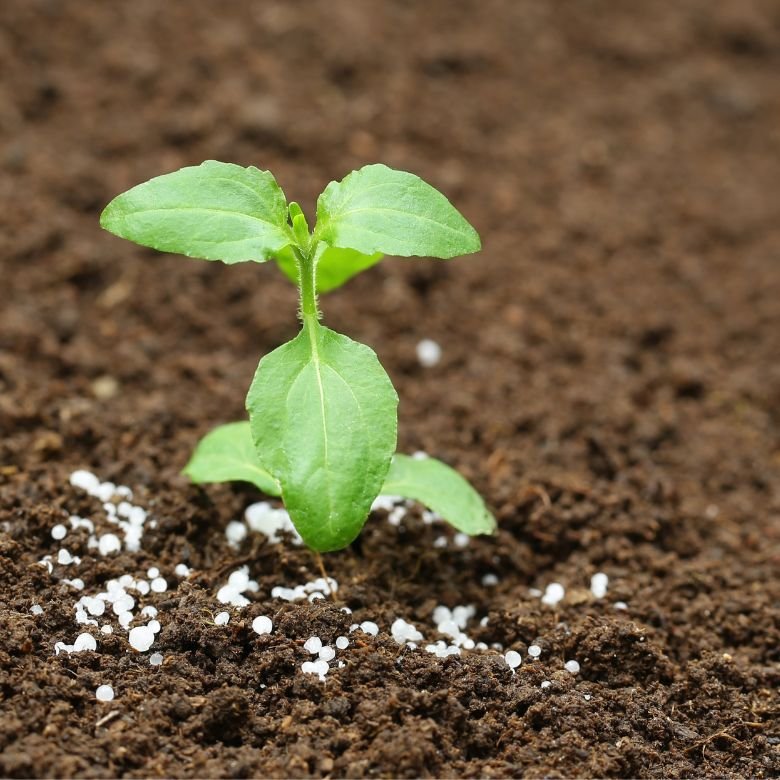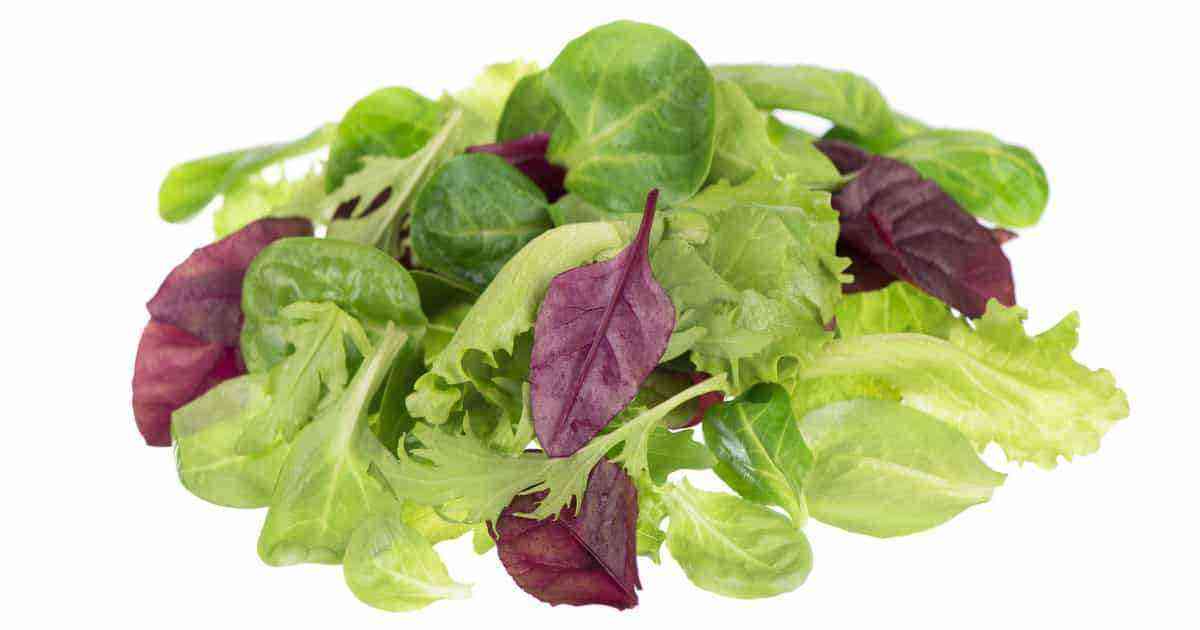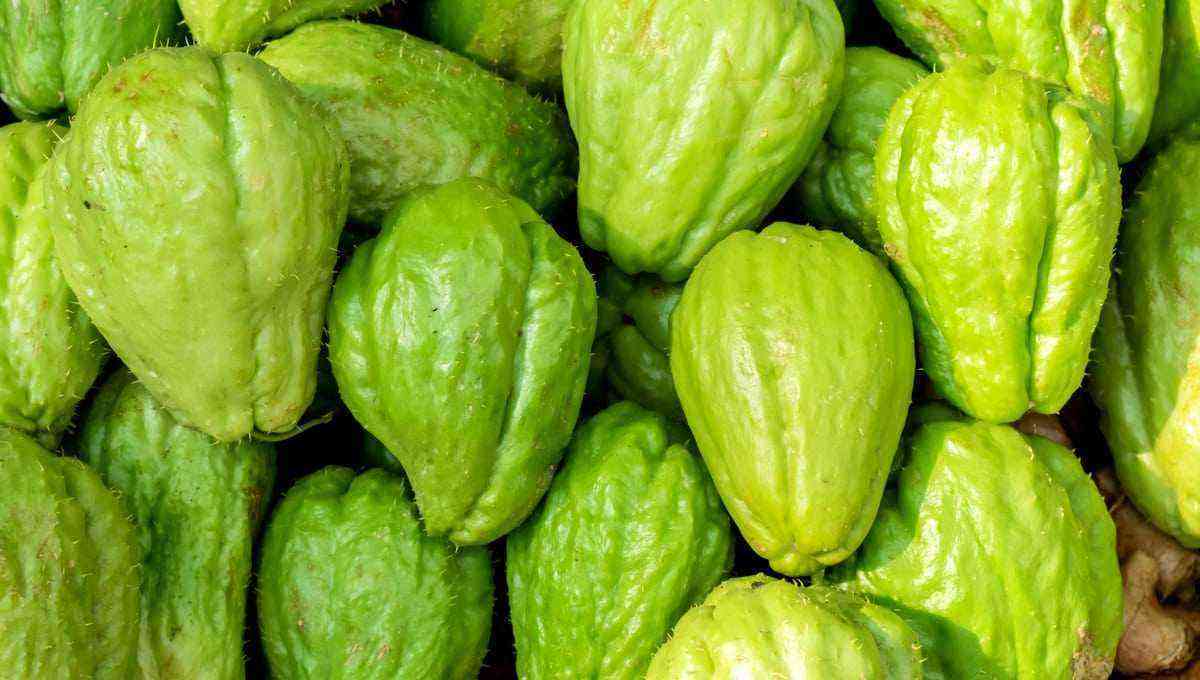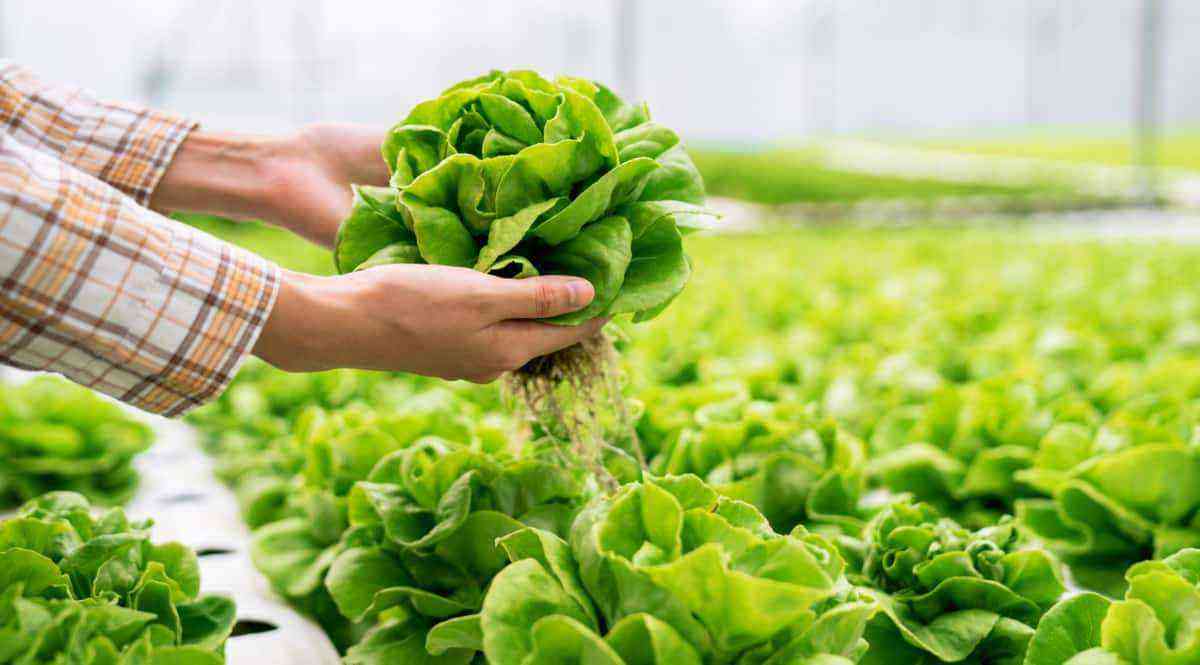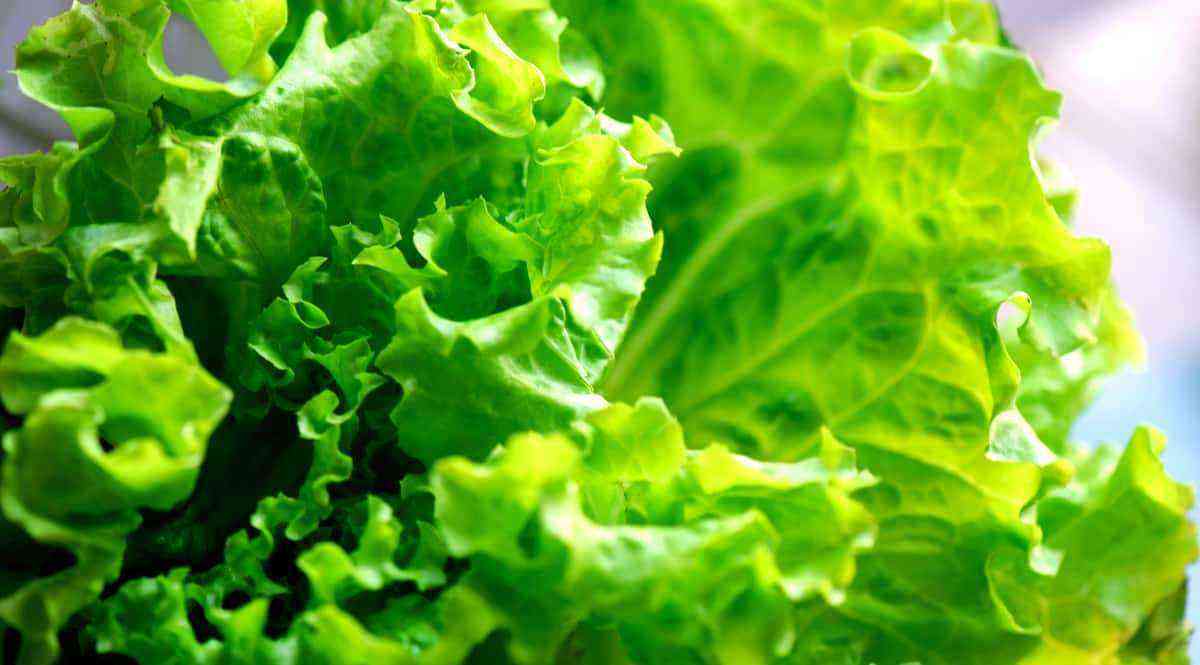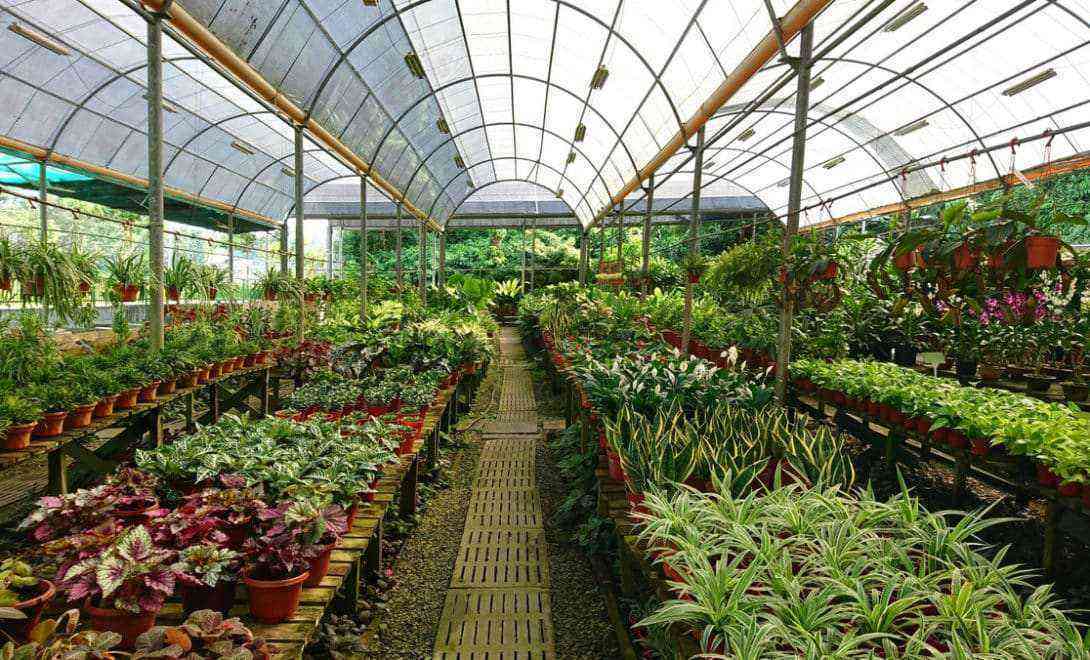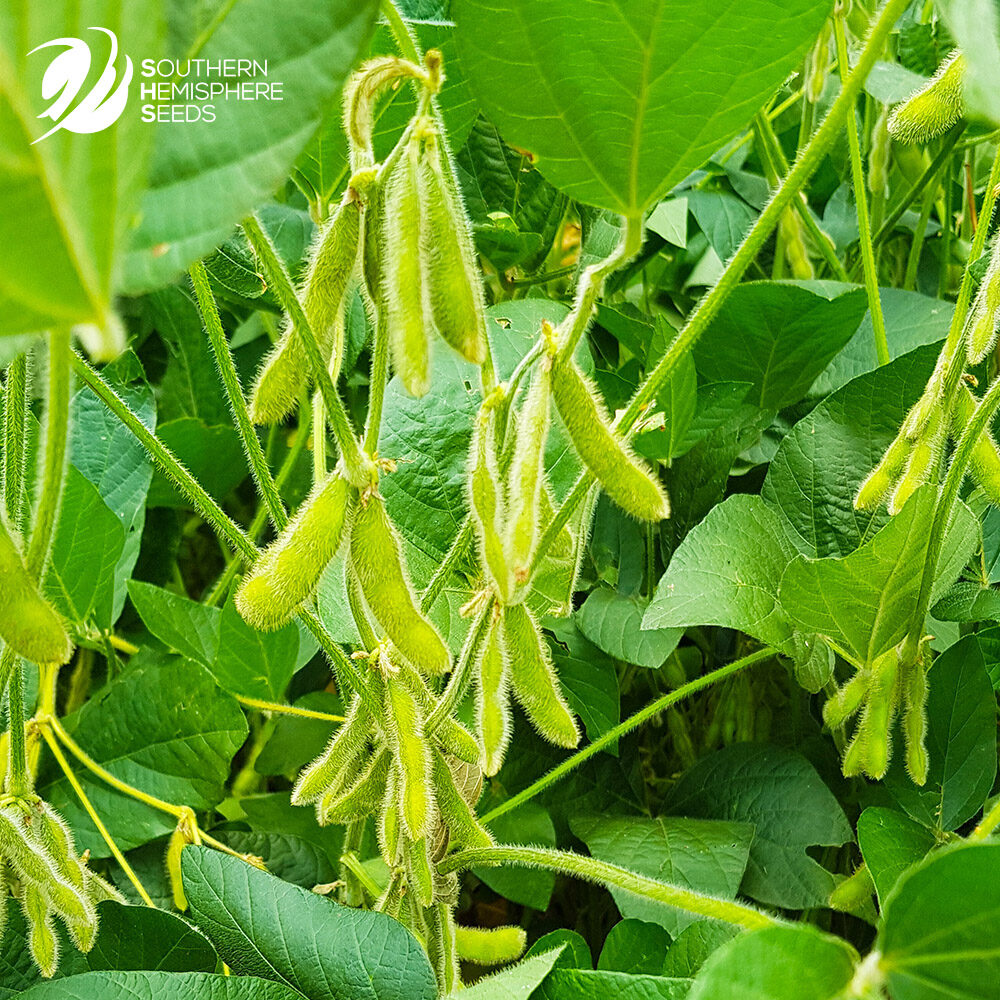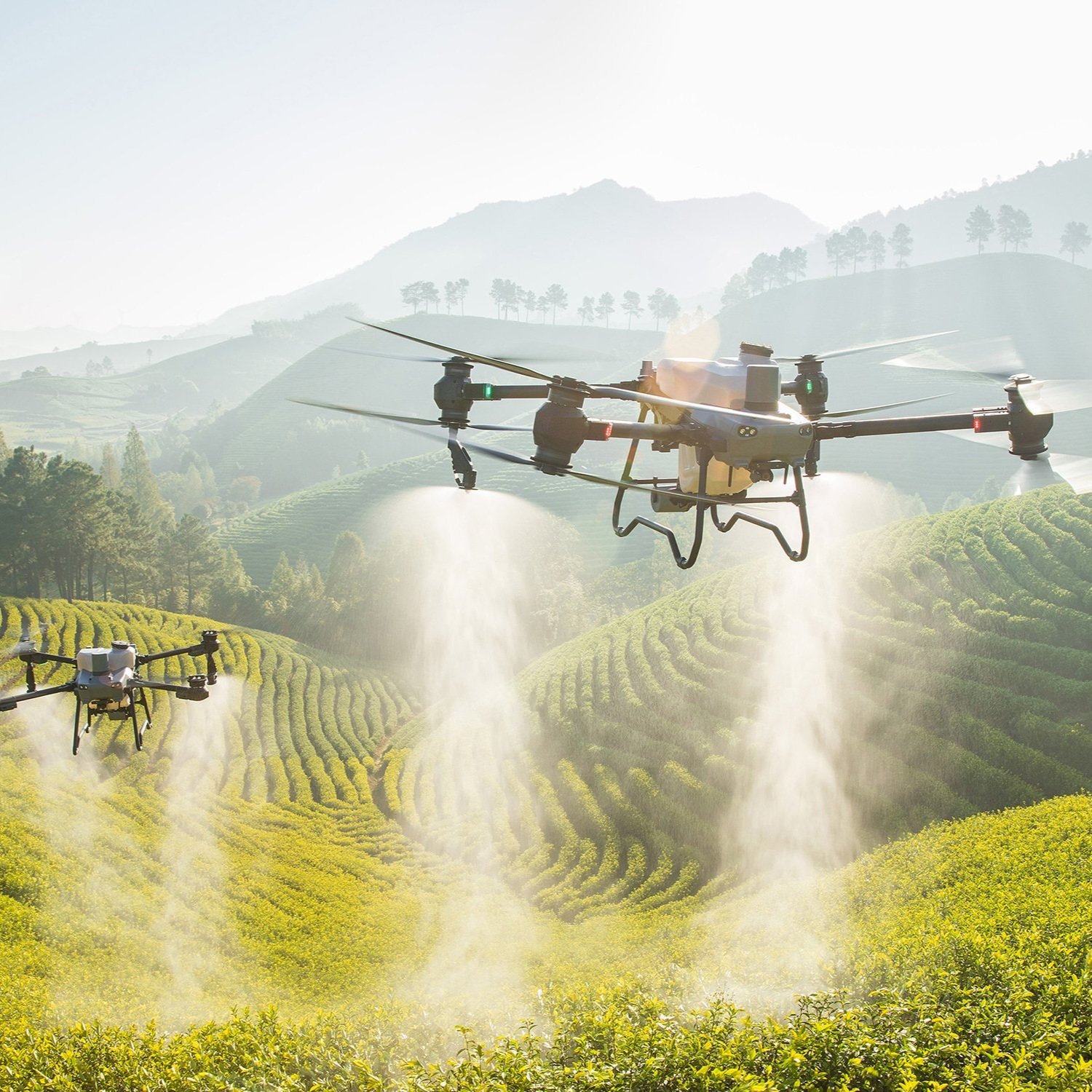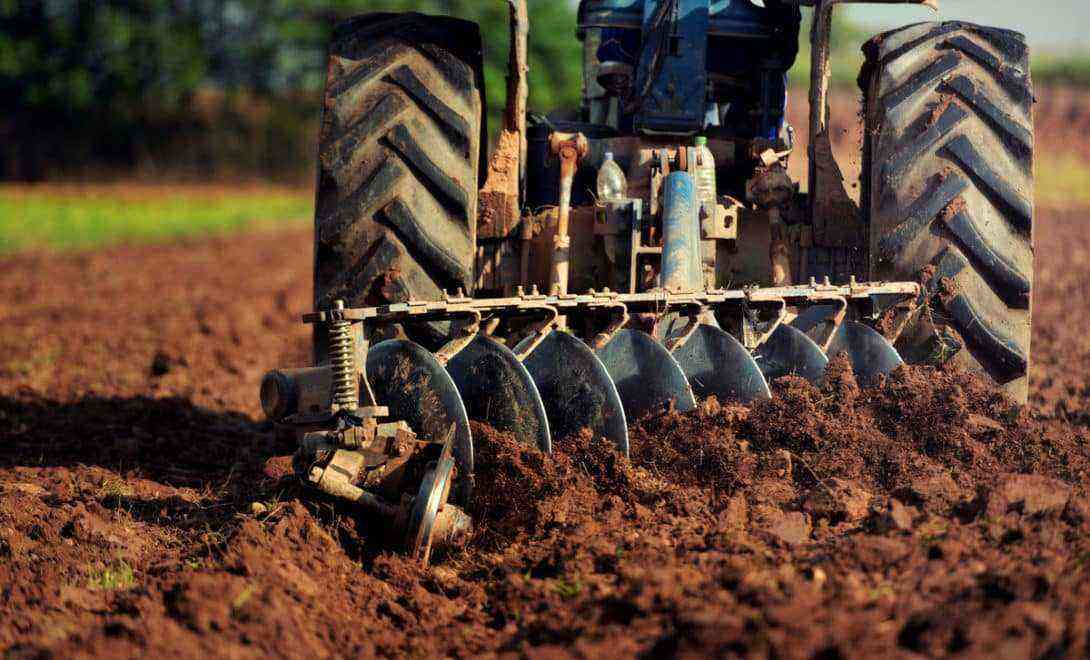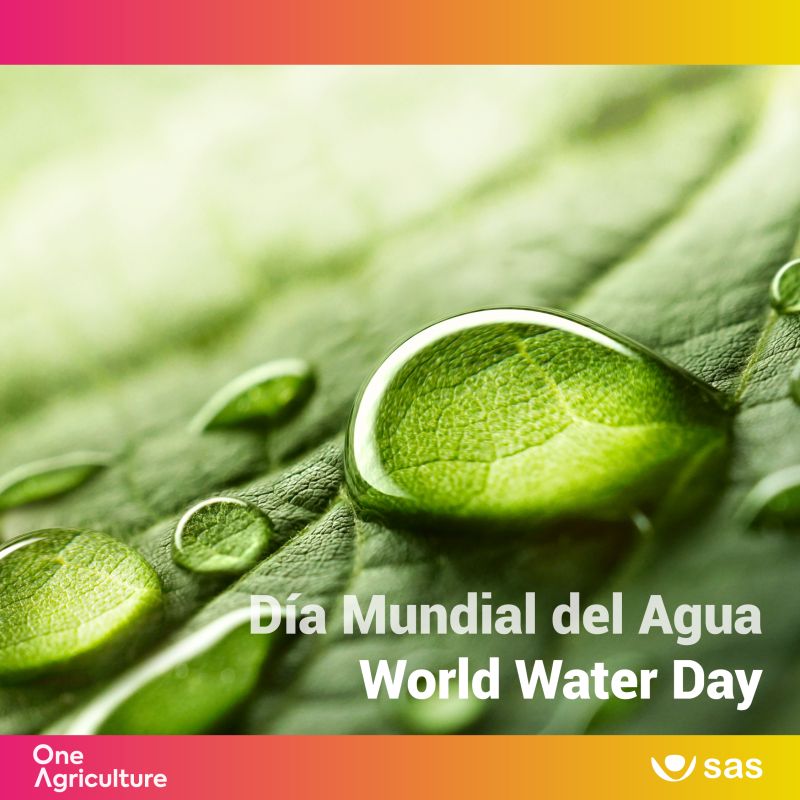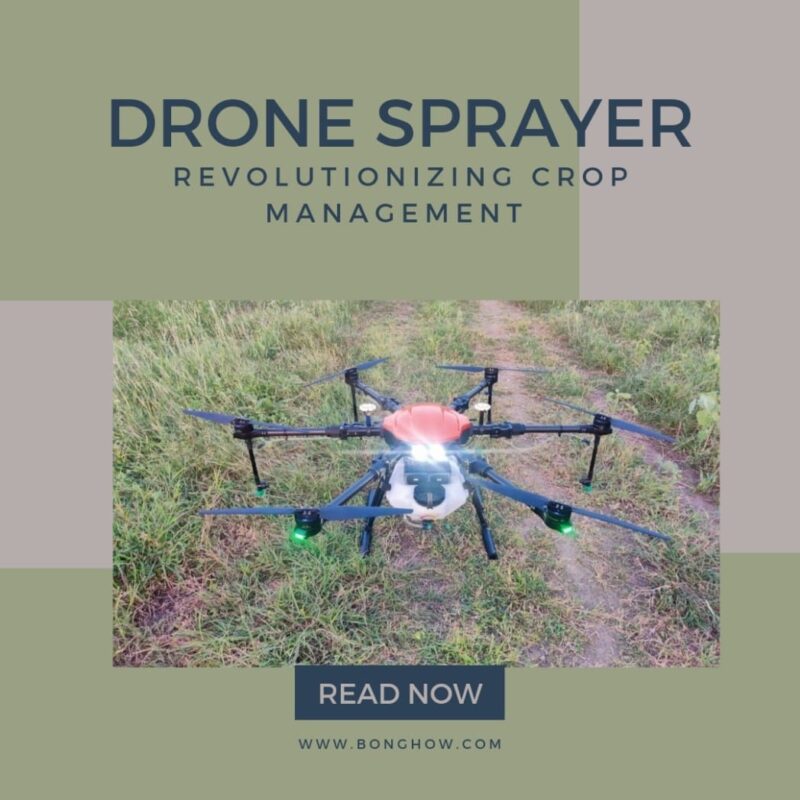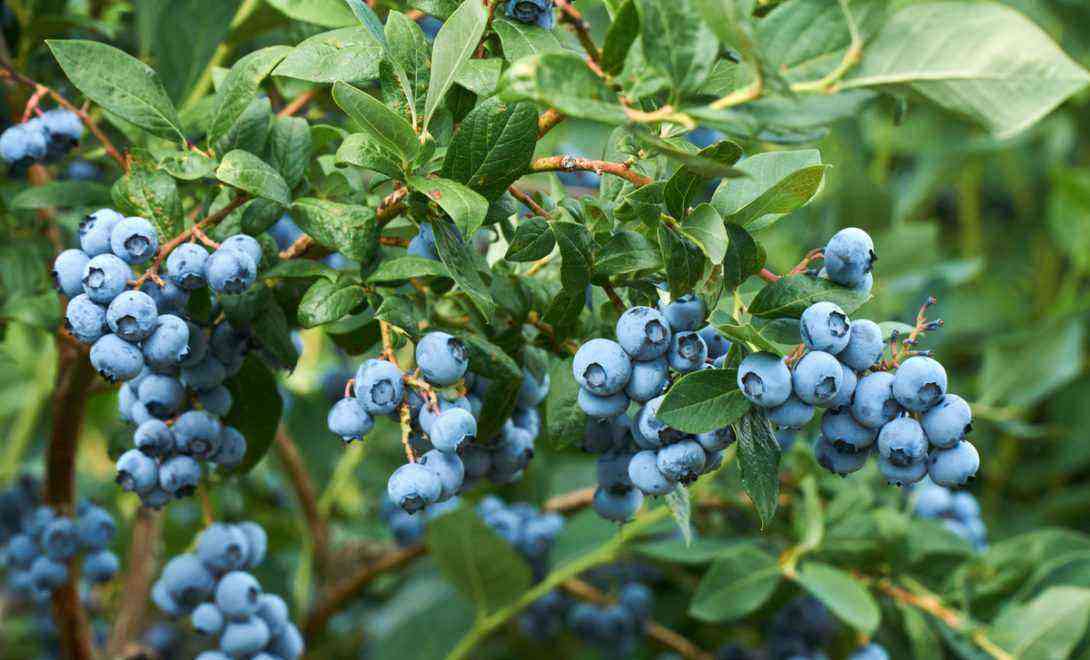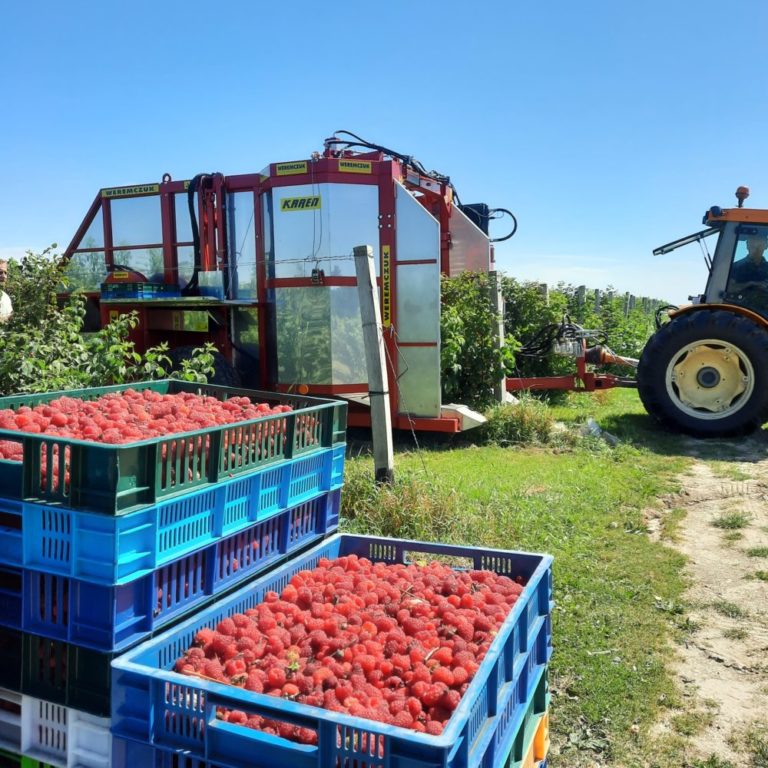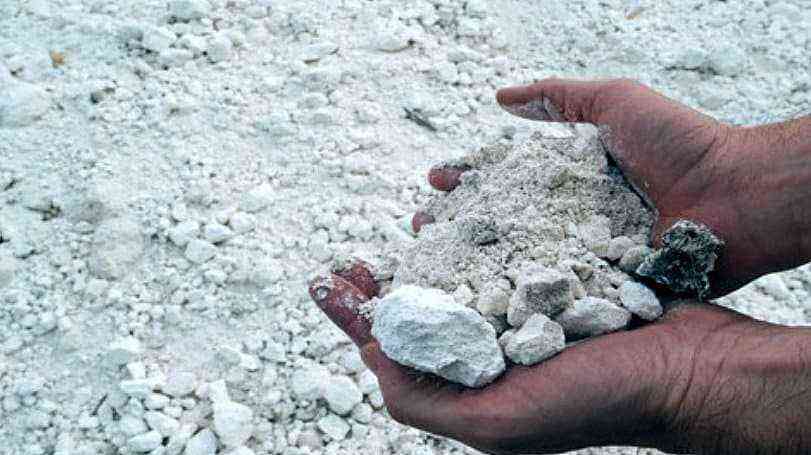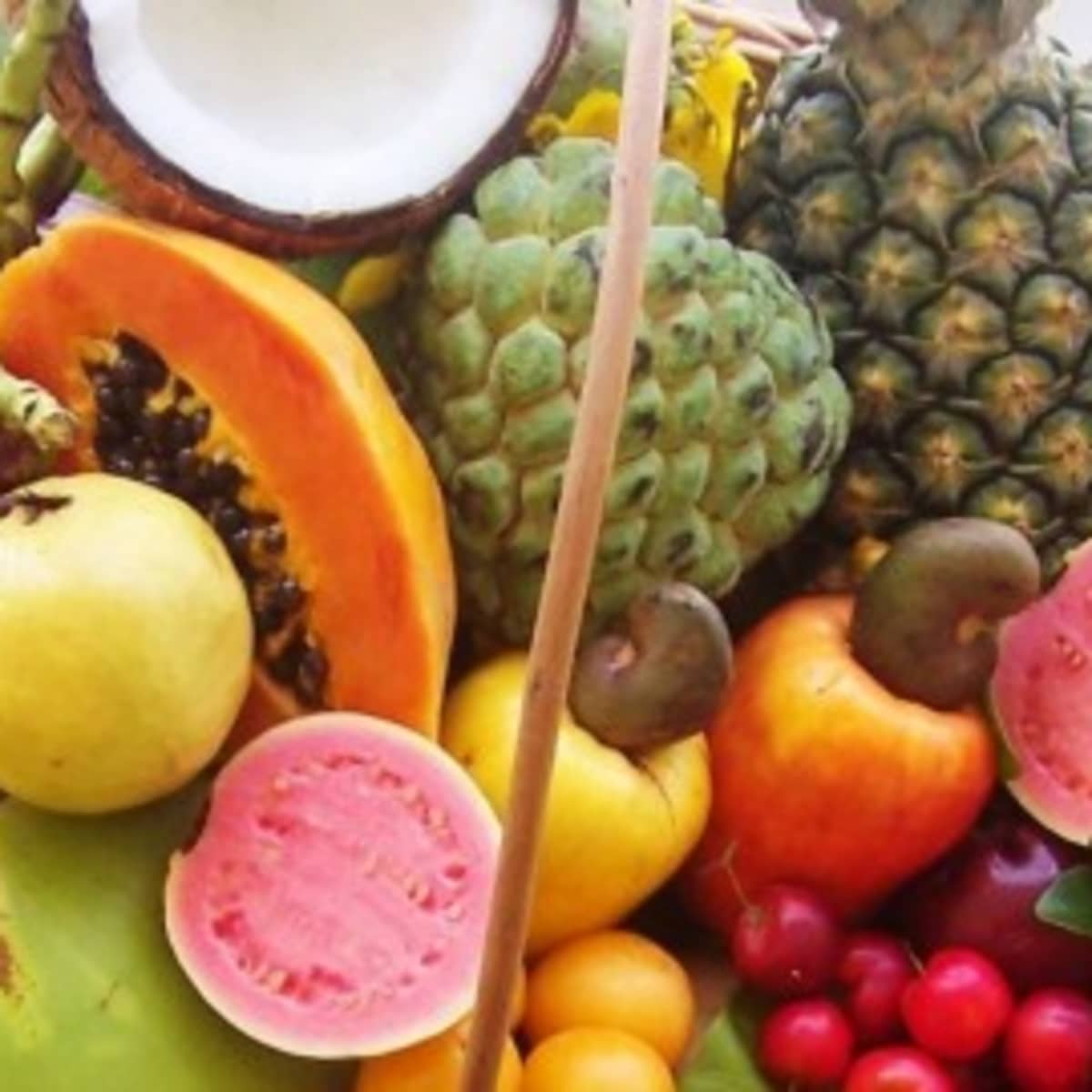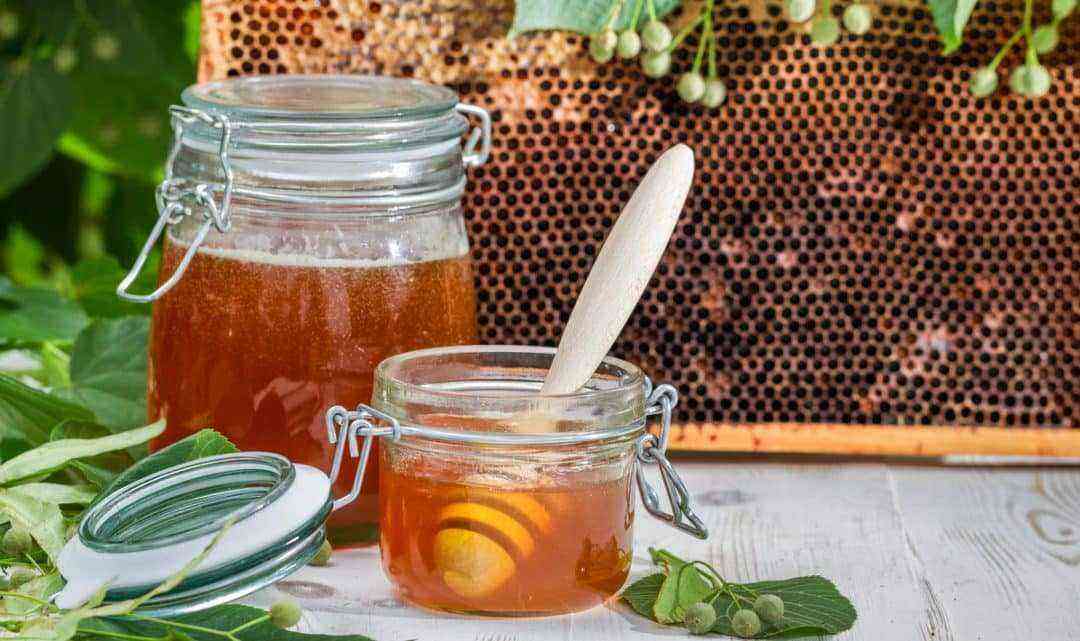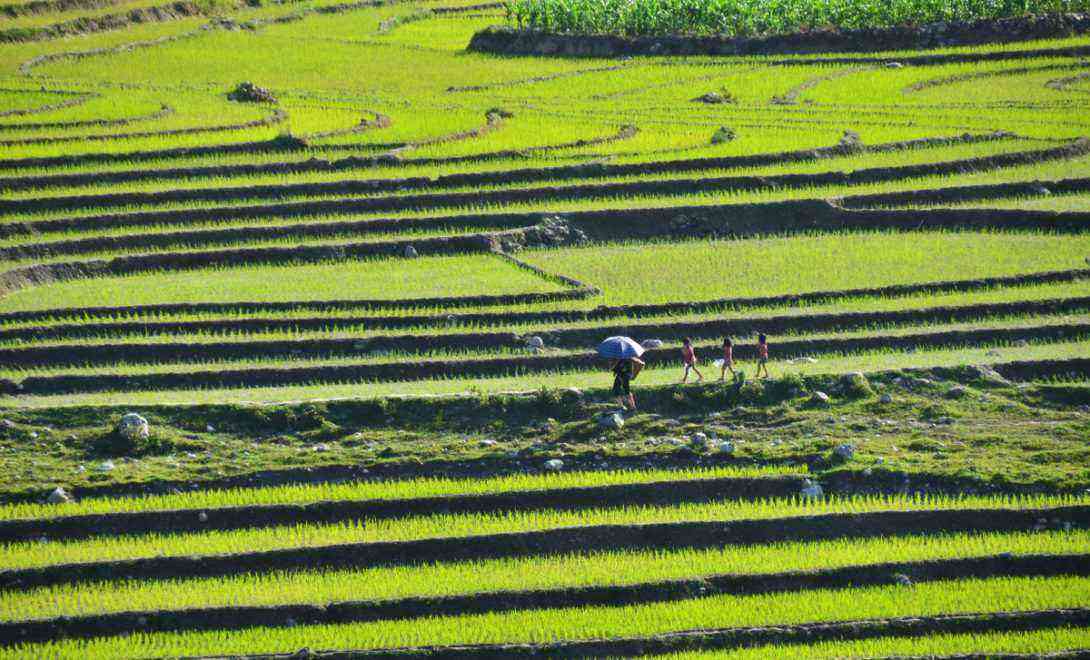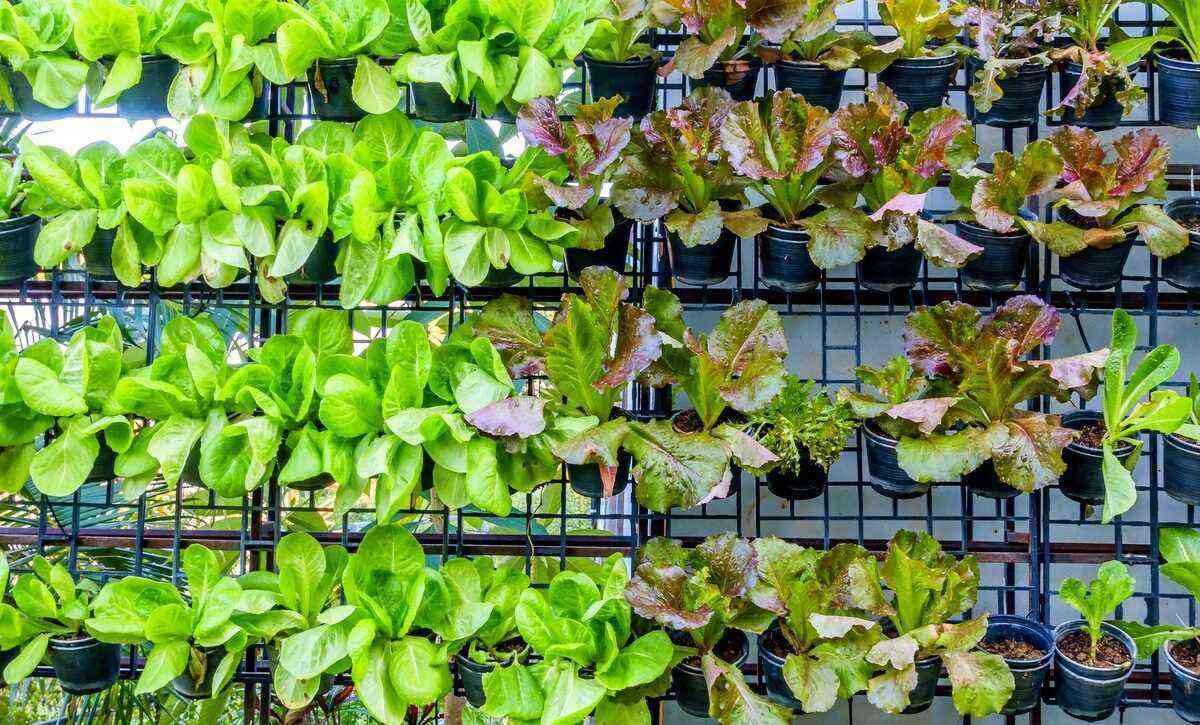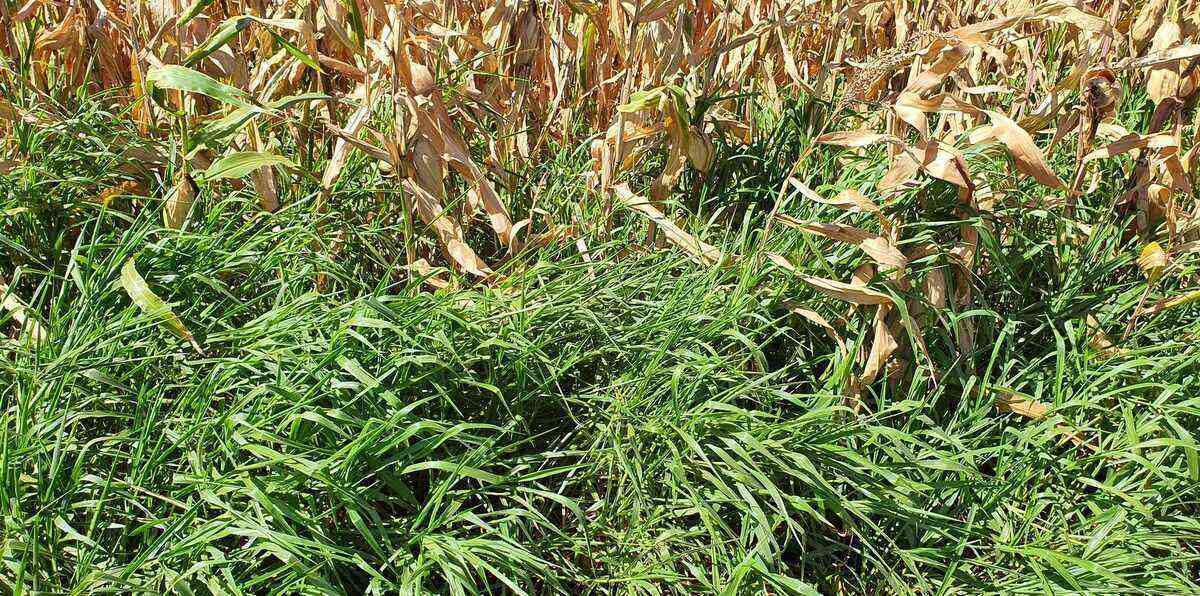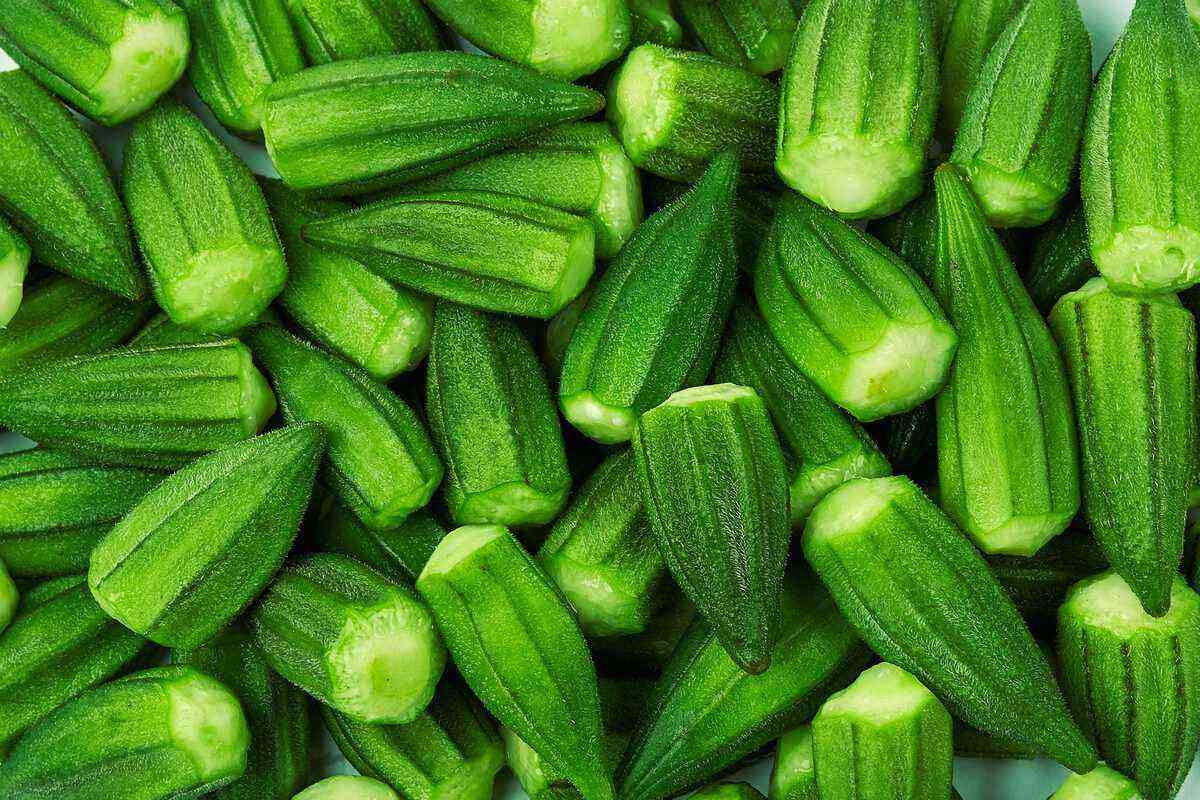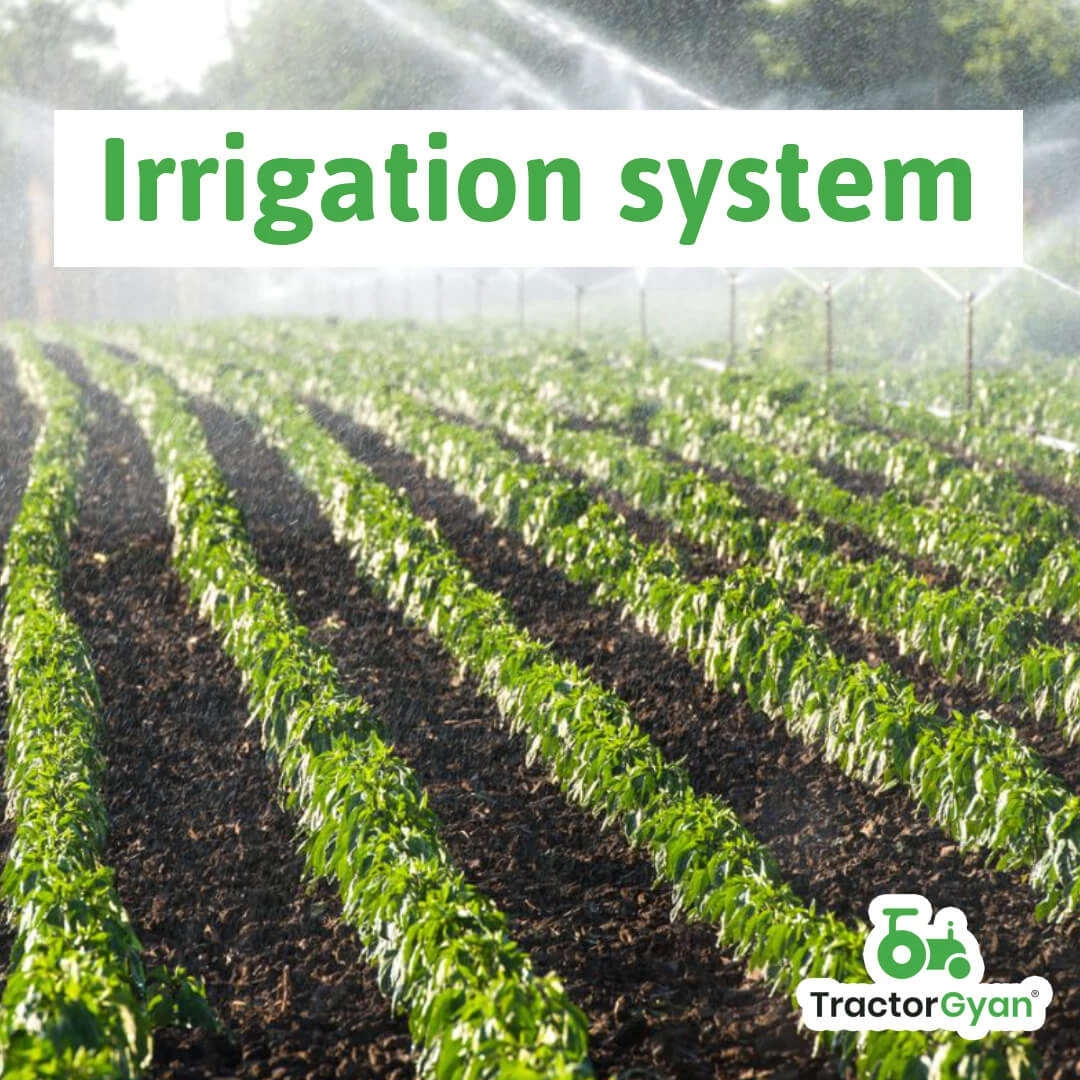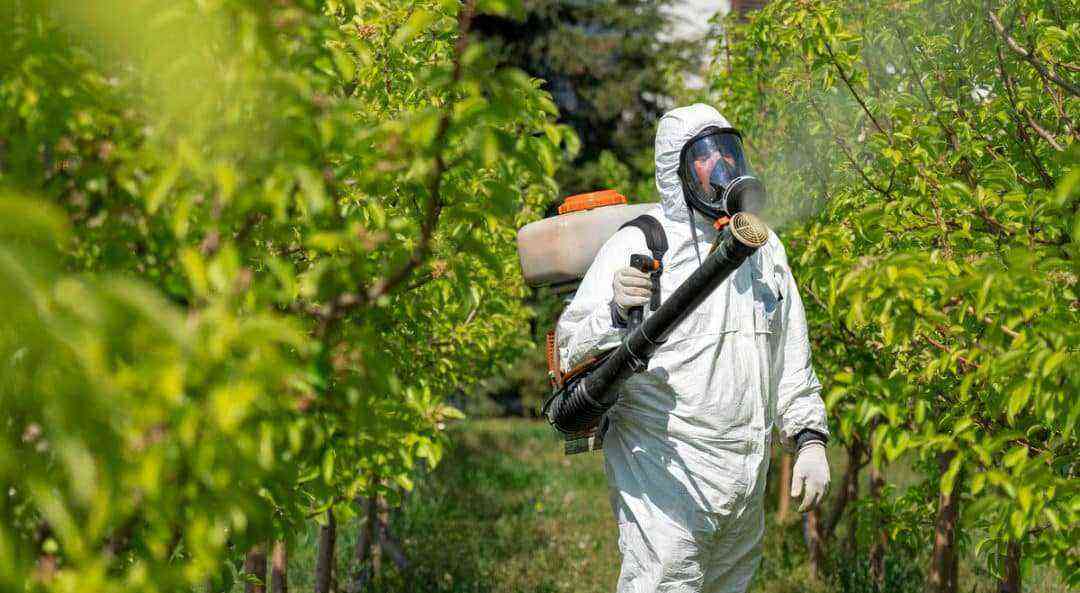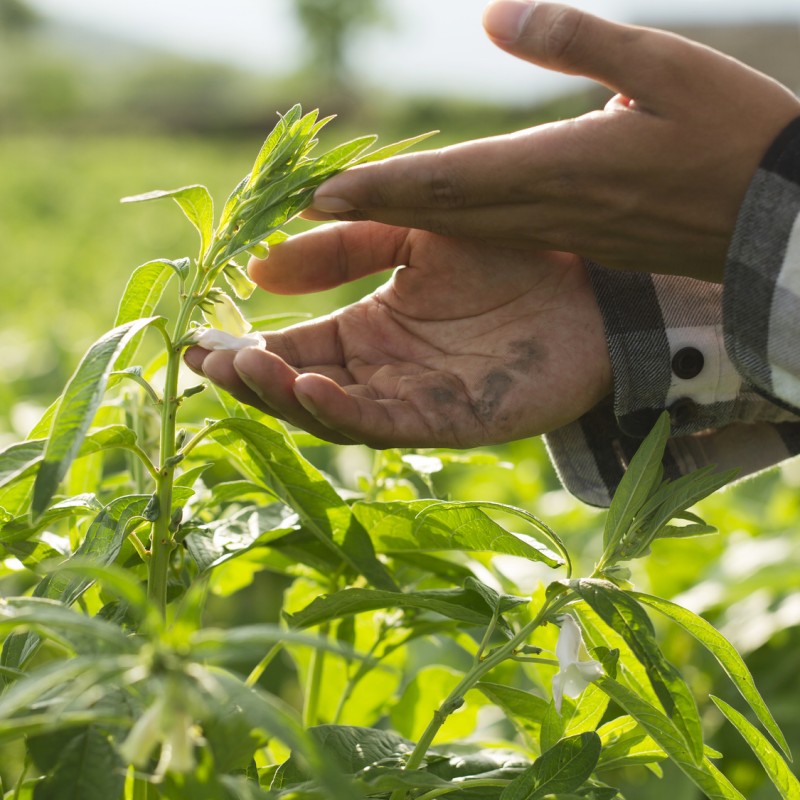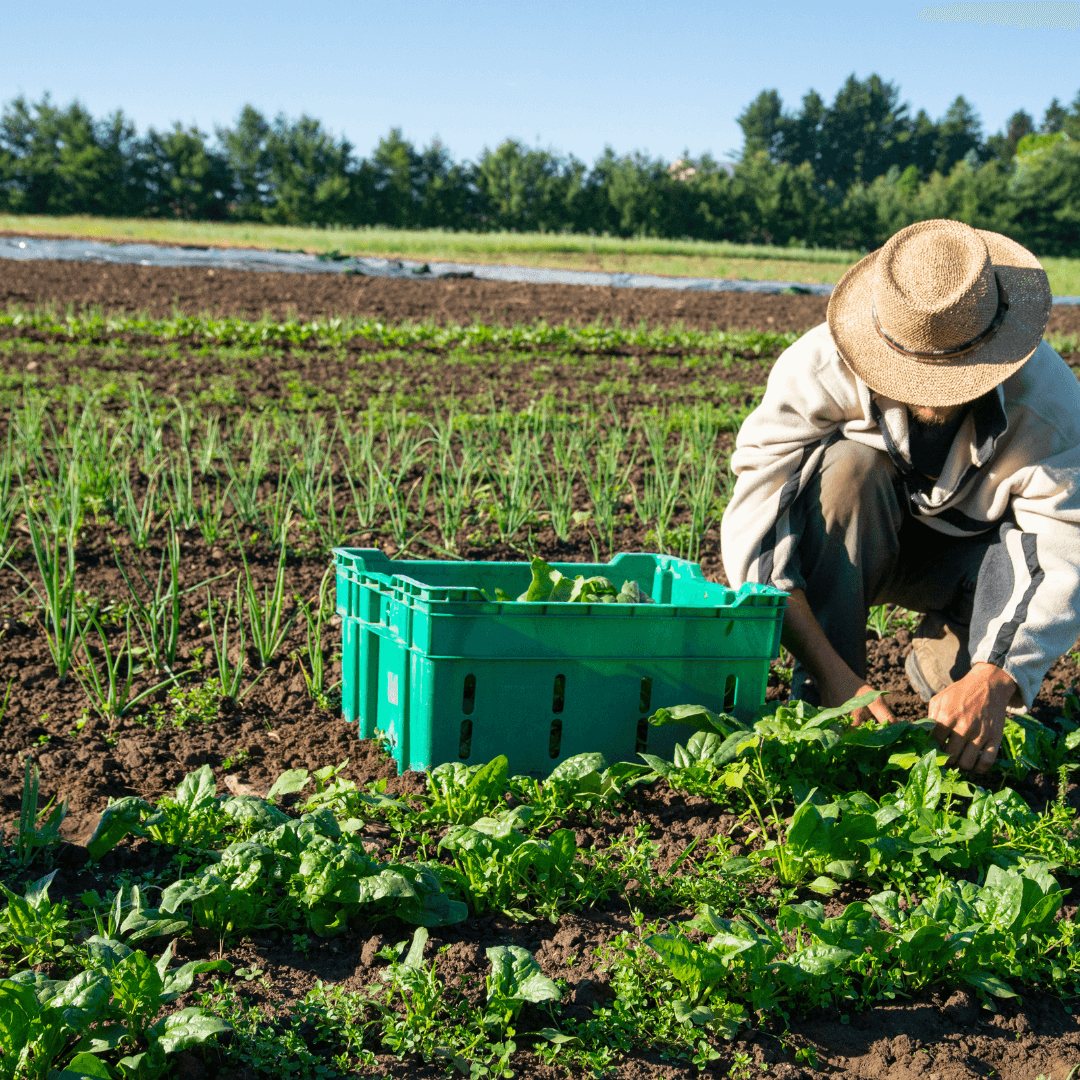Combating corn pests is an important task in order to ensure the success of this crop. This is because it is one of the most important agricultural products for our economy. It is used both in human and animal food, including used in the manufacture of animal feed.
Due to the favorable weather conditions in the country and due to its high profitability, this is a product that has drawn a lot of attention.
It is no wonder that Brazil is one of the world’s largest producers of corn. It is second only to the United States and China, and, domestically, it is second only to soybeans.
So, those who already plant corn or are thinking about investing in this activity and have been looking for information about it, enjoy and check out the post we prepared about the main corn pests, as they occur ways to combat them.

In order to be successful in the activity, the producer must be aware of the pests that attack the corn crops.
This is because, if cultural treatments are not carried out correctly in the field, the expectation of a good harvest may be frustrated with the action of these pests. Good reading!
What are the main pests of corn?
You must have already entered a corn field and noticed that something was not going well. It is possible to identify by the foliage or even because of the appearance of the bushes. Not to mention the ears of corn themselves, attacked mainly by caterpillars.
In this way, recognizing pests and their causes is essential to not run the risk of losing your crop. Check out the main pests of corn:
pin larva
A pin larva is one of the most frequent pests of corn in plantations. Its highest attack rate is at the plant’s ground level, causing what many call a “goose neck” because of its drooping appearance.
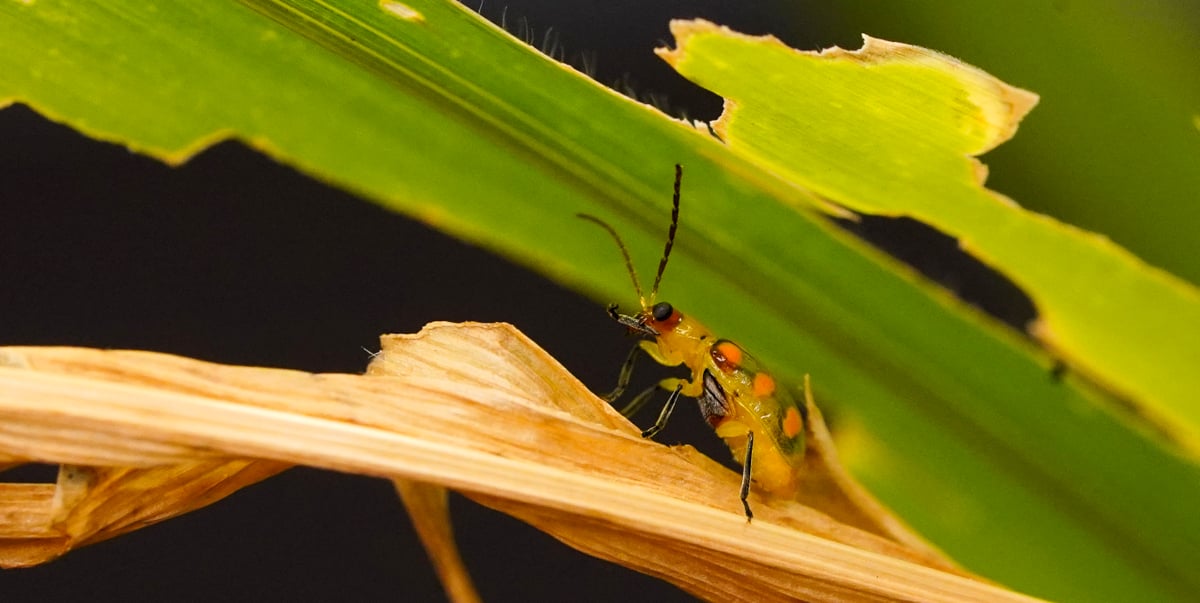
Pinworm is one of the most common pests in corn crops. It feeds on the roots and interferes with the absorption of nutrients and water, as well as reducing the support of plants.
When they are in adulthood, they like to feed on other crops, such as soybeans. However, when laying their eggs, they prefer the cornfields.
The best way to avoid this type of pest is to eliminate crop residues and using pesticides, whether granulated or sprayed in the planting furrow.
cartridge caterpillar
Like the pinworm, the of the cartridge is known as one of the main pests of corn. It is capable of causing heavy crop losses.
One of its differences from the previous one is that the cartridge caterpillar attack occurs by air. It penetrates the culm, a type of stem common in grasses such as sugarcane, rice and corn.
As it is responsible for supporting the leaves and floral parts, as well as being the sucrose reserve organ that supplies carbohydrates to the plant, the attack of this pest causes serious damage to the crop.
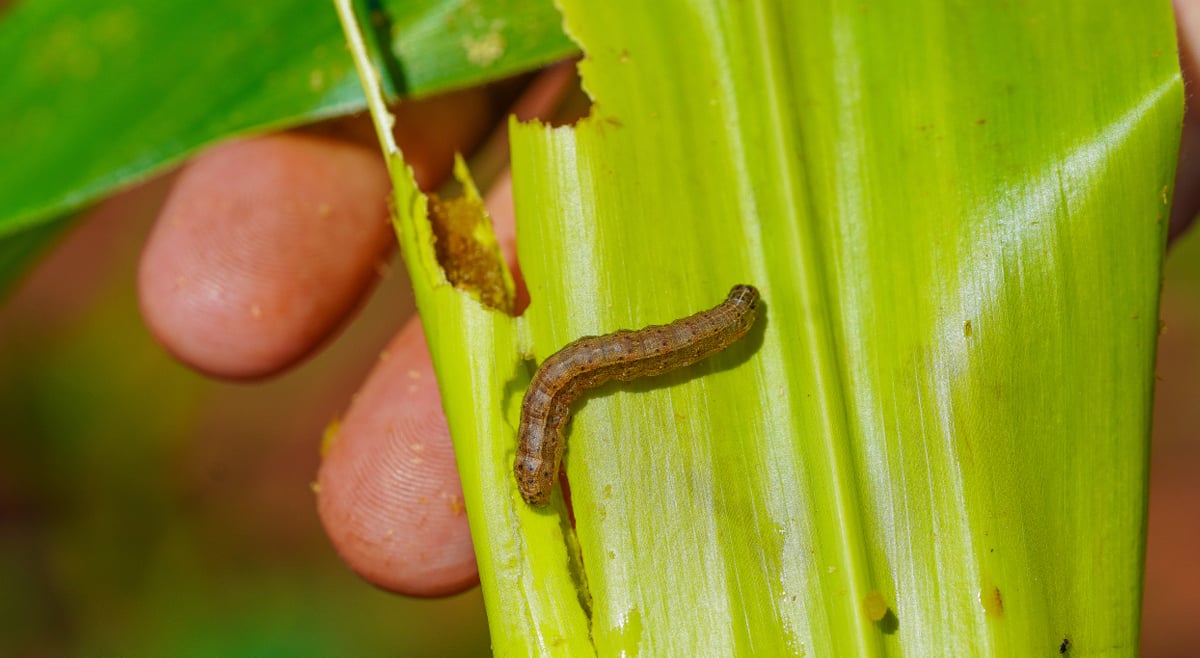
Cartridge caterpillars pierce the base of the plant, causing the “dead heart” symptom. It is one of the main pests of corn.
When carrying out the attack, the caterpillar creates galleries and provokes what is called a “dead heart”. It prevents the growth of the plant and can even cause its death.
Although chemical control, with the use of pesticides, is a common practice to combat this type of pest, there is still the possibility of using biological control.
Dermaptera, or earwigs, as they are popularly known, are predatory insects. They have pincers or forceps and they excel in high voracity of attack on various insects and pests. They are considered excellent biological control agents.
aphid
O aphid is a type of insect that can be easily recognized because of its large number on the plant and also because of its blue-green or black color.
They live in colonies on the tassels, leaves, ears or inside the cartridge. In fact, its development is facilitated in places and periods of low humidity, low wind speed and temperature around 20 degrees.

The aphid is a sucking insect and feeds on the new parts of the plant, usually remaining inside the cartridge, which makes it difficult to see and control it. It is one of the important pests that need to be controlled.
Its diet is based on plant sap and these insects are capable of depleting water and nutritional reserves, causing deformations in the leaves.
Its control can be done naturally, considering that this species is very sensitive to biological imbalances and has a large number of natural enemies, such as earwigs and ladybugs.
If the infestation is very high, chemical control is recommended. But, always taking into account the grace period and the correct dosimetry of the poison.
Coró of the pastures
It is a type of pest with higher incidence on plant roots and occurs mainly in southern Brazil. The cycle of grassland chorus is annual, and each stage can be found at a certain time of year.
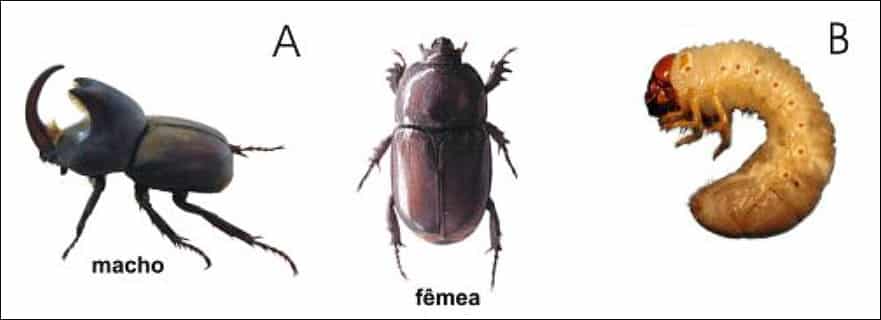
In maize, the damage caused by the larva grassland chorus occur in the consumption of roots, resulting in a reduction in the ability of plants to absorb water and nutrients. Photos: Paulo Pereira/Embrapa.
Adults, for example, have a higher incidence in the first months of the year, together with the eggs, and the larvae occur until November and initially feed on the materials that formed the nest.
As soon as these foods run out, this pest seeks seeds, roots and leaves. The consequences of its attack on the corn crop are the reduction in germination, failures in the planting lines, the death of plants and the decrease in production.
See also: Know the main pests of tomato.
How to fight corn pests?
There are several corn pests that can attack crops in different ways. However, it is completely possible to maintain a preventive action, which, as always, is better than treating the consequences later. This is because, as we have already mentioned, you run the risk of losing an entire crop.
Another important detail is that it is useless to treat all crops, against pests and diseases, in the same way, since each one of them has particularities, including the region in which it is being planted.
One of the practices currently recommended is the integrated pest management (IPM) which aims to keep these pests below the level of economic damage, controlling their population density through a set of integrated practices. Control tools are:
- Chemicals;
- Biological agents, such as the scissors mentioned above;
- Plant varieties that are resistant to pests;
- pheromones;
- Crop rotation;
- Seed treatment;
- Pest monitoring, among others.
This way of protecting plantations is important because, in addition to being economically viable, it also focuses on preserving the environment, avoiding contamination and soil depletion.
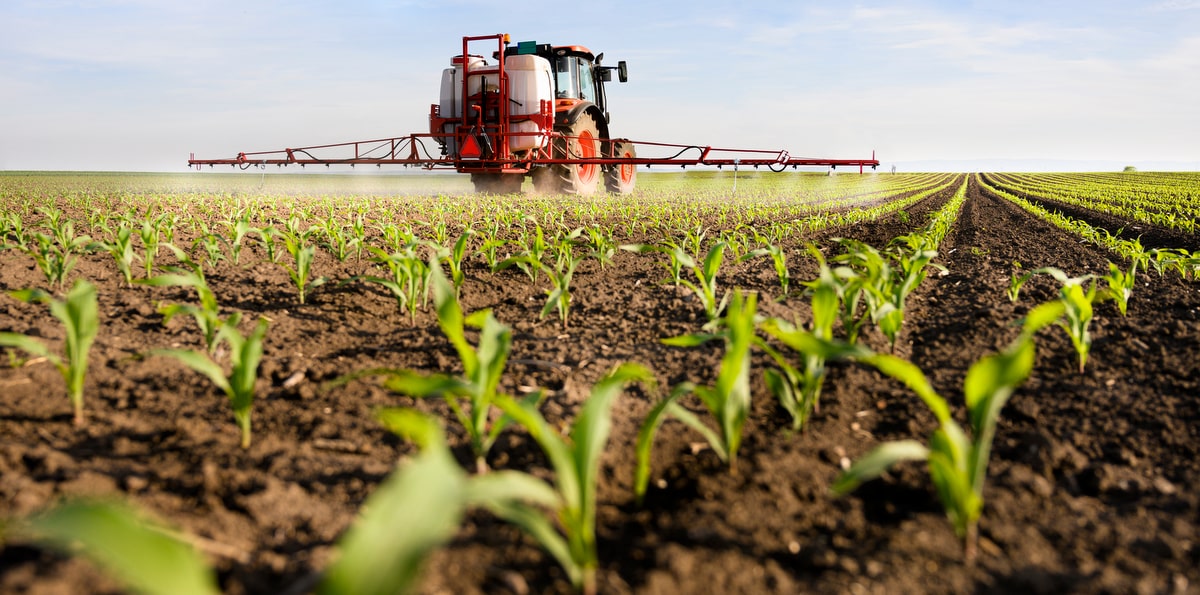
The corn producer must be aware: there is no point in simply spraying pesticides indiscriminately to combat corn pests, without knowing the real needs of the crop.
Agricultural pesticides, for example, do not need to be seen as villains, but, as popular wisdom says, “the difference between medicine and poison is in the dose”.
Therefore, it is essential to stay informed about best practices, to know details about corn pests, their causes, occurrences and the most effective ways to combat them.
Cultural control of corn pests
Before starting any planting, it is very important to carry out cultural control. The objective is to eliminate unwanted hosts and contribute to reducing the spread of pests. In other words, proper soil preparation, with good plowing and drainage, is a fundamental activity for the success of corn cultivation.
The same goes for the use of technology, which has greatly helped producers to monitor and better understand the planting cycle, the diseases caused, the use of pesticides, as well as the correct implementation of integrated pest management.
However, in addition to the application of pesticides and integrated pest management, another tip is pest control in corn with use of natural enemies. Check it out in the video:
Source: Rio Grande Rural.
Therefore, even if corn pests can be scary at first, it is important to keep in mind all the advances that the sector has achieved over the years.
Also, remember that it is one of the important cultures for Brazil. When all the necessary cultural treatments are carried out, they present high profitability.
So, did you like the content? Take the opportunity to also read our post that talks about the diseases that occur in the off-season corn.
